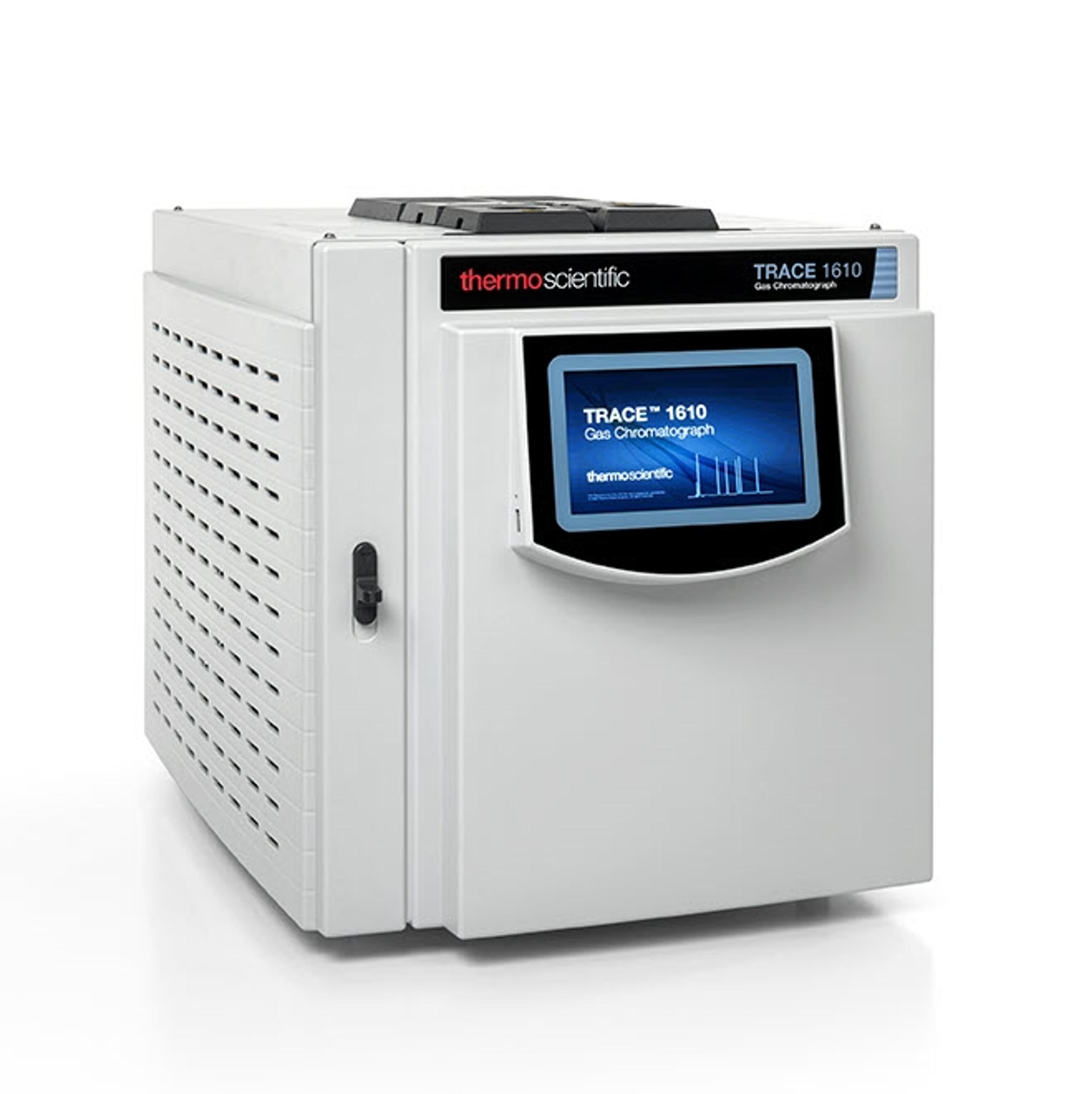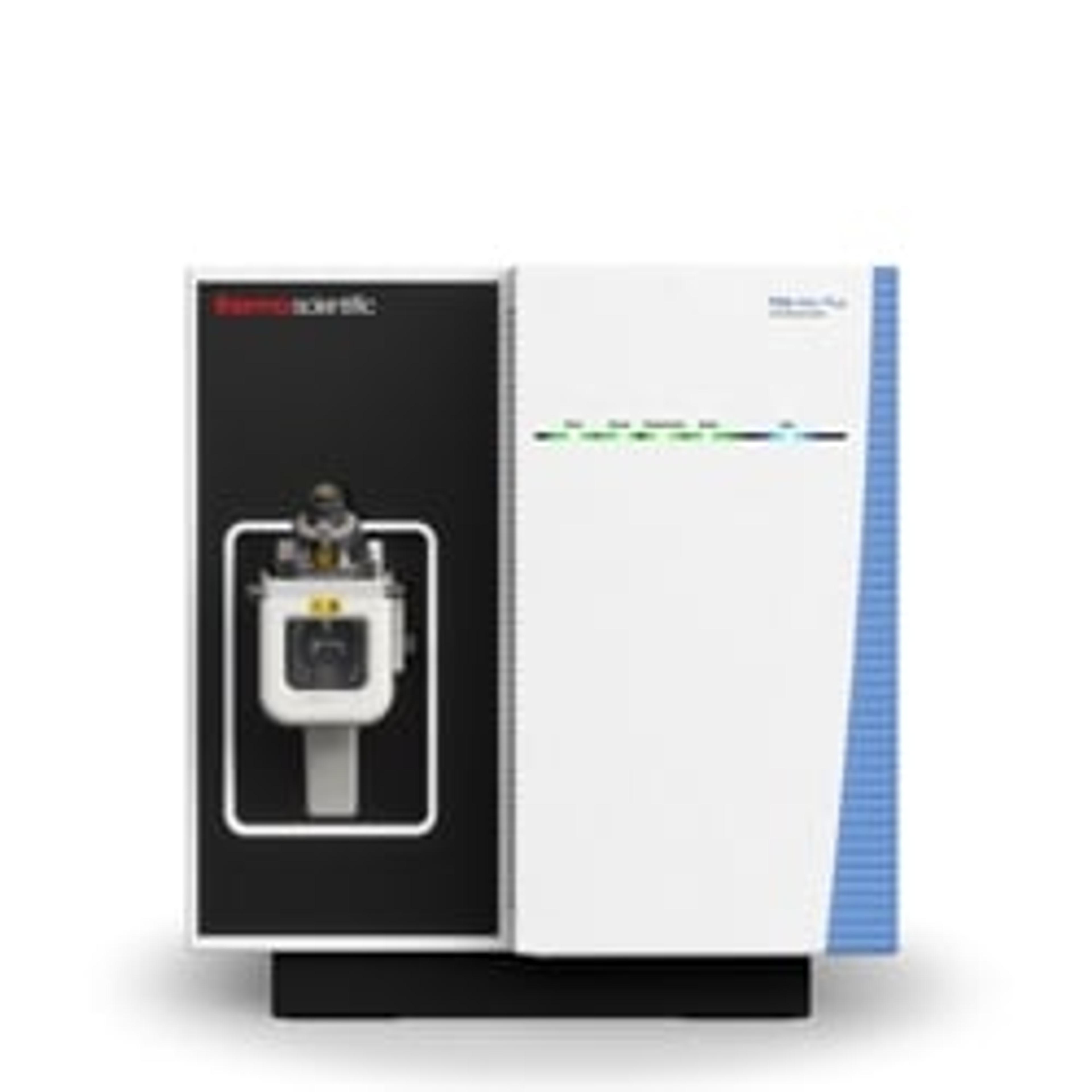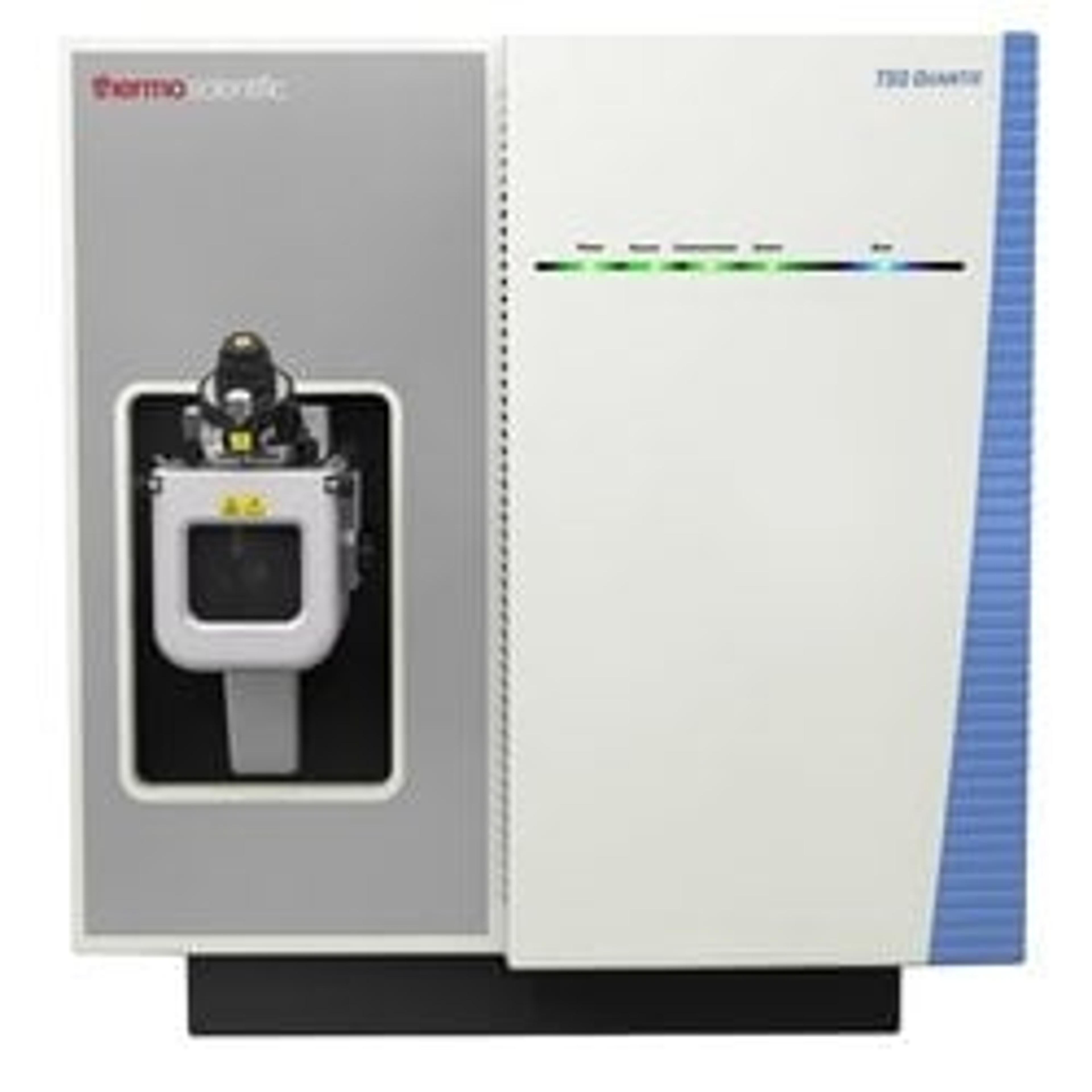Methods for the analysis of SVOCs in water samples
Explore cutting-edge approaches for advancing semi-volatile organic compounds (SVOCs) analysis in water samples
18 Mar 2024
The detection of semi-volatile organic compounds (SVOCs) in drinking water represents crucial elements of environmental surveillance and safeguarding public health. Given the increasing apprehensions regarding water quality and pollution, the establishment of dependable analytical techniques is paramount. SVOCs, distinguished by their ability to distribute between aqueous and solid phases, pose distinct hurdles in detection and measurement. Moreover, their varied molecular compositions and associated health risks emphasize the indispensability of meticulous analytical methodologies.
For the latest insights into the analysis of SVOCs in water samples, delve into this series of application notes from Thermo Fisher Scientific.
1. High-throughput mineral oil determination in water samples by automated in-vial extraction, clean-up, and on-line GC-FID analysis
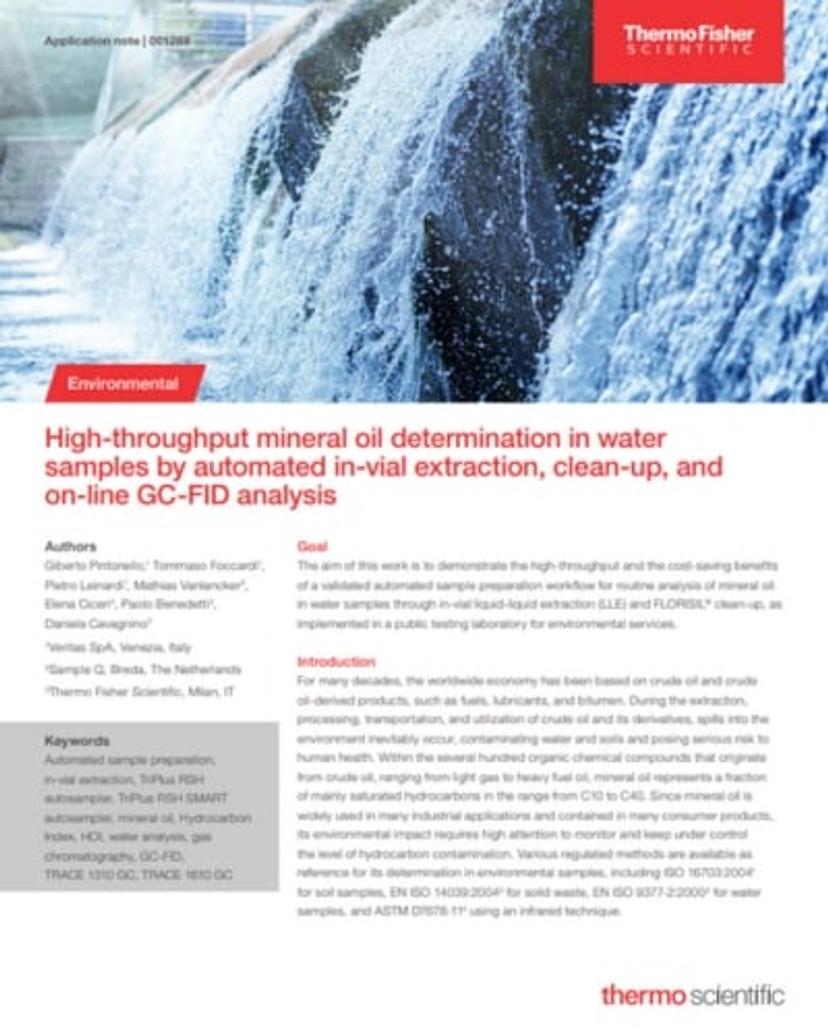
Discover Thermo Fisher Scientific's innovative approach to automating the high-throughput determination of mineral oil in water samples. Through in-vial extraction, clean-up using FLORISIL, and on-line GC-FID analysis, this method streamlines the process. Automation improves efficiency by reducing labor and costs and ensures repeatability and robustness while maintaining acceptable levels of linearity and recovery.
2. Automated sample preparation followed by sensitive analysis by GC-MS/MS for environmental contaminants in surface waters
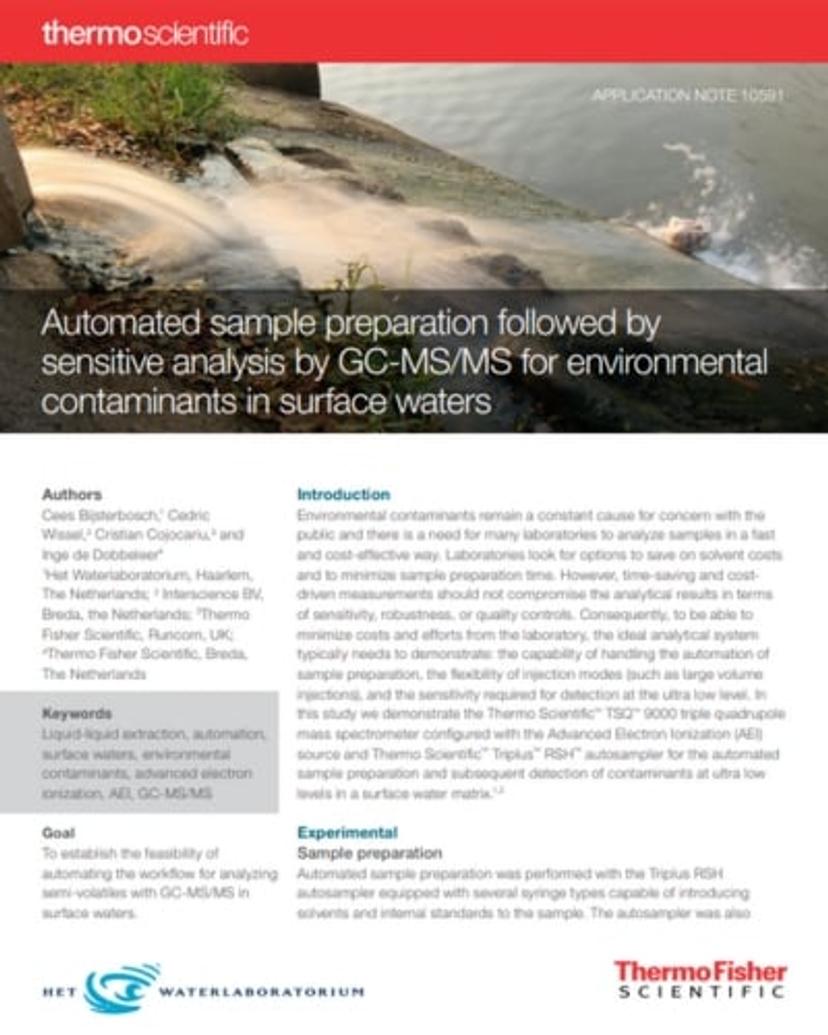
Explore a study that addresses environmental contaminant concerns in surface waters, and the need for efficient sample analysis in laboratories. Emphasizing cost and time savings, it showcases the Thermo Scientific TSQ™ 9000 triple quadrupole mass spectrometer's advanced features. This automated solution, utilizing the Triplus™ RSH autosampler and GC-MS analysis, detects contaminants in surface water samples, demonstrating excellent linearity, sensitivity, and repeatability.
3. Analysis of multiple matrices with a single calibration curve for polycyclic aromatic hydrocarbons (PAHs) with the ISQ 7610 GC-MS system following EPA Method 8270E
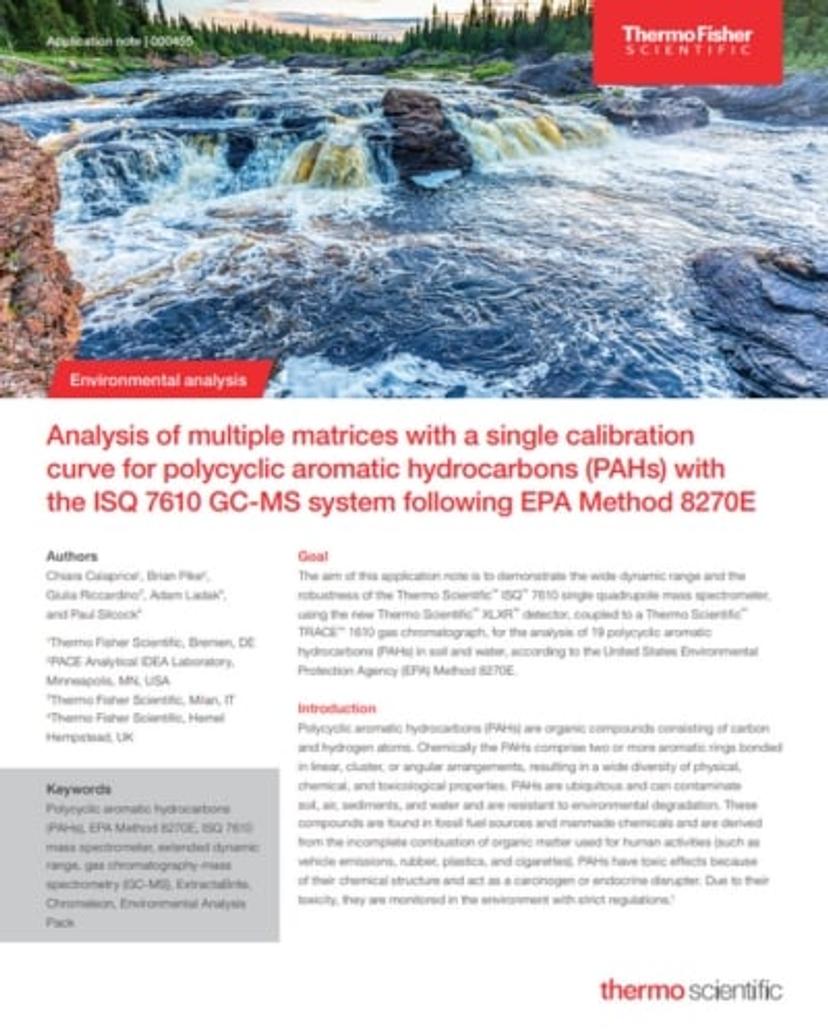
Learn about the Thermo Scientific™ ISQ™ 7610 single quadrupole mass spectrometer, equipped with the XLXR™ detector, for analyzing 19 polycyclic aromatic hydrocarbons (PAHs) in soil and water per EPA Method 8270E. Addressing challenges in analytical labs, including chromatographic resolution and maintenance, this note emphasizes the importance of monitoring pervasive environmental contaminants like PAHs, known for their toxic effects.
4. Determination of polycyclic aromatic hydrocarbons in drinking water at ppt levels by Solid Phase Micro Extraction Arrow coupled with GC-MS
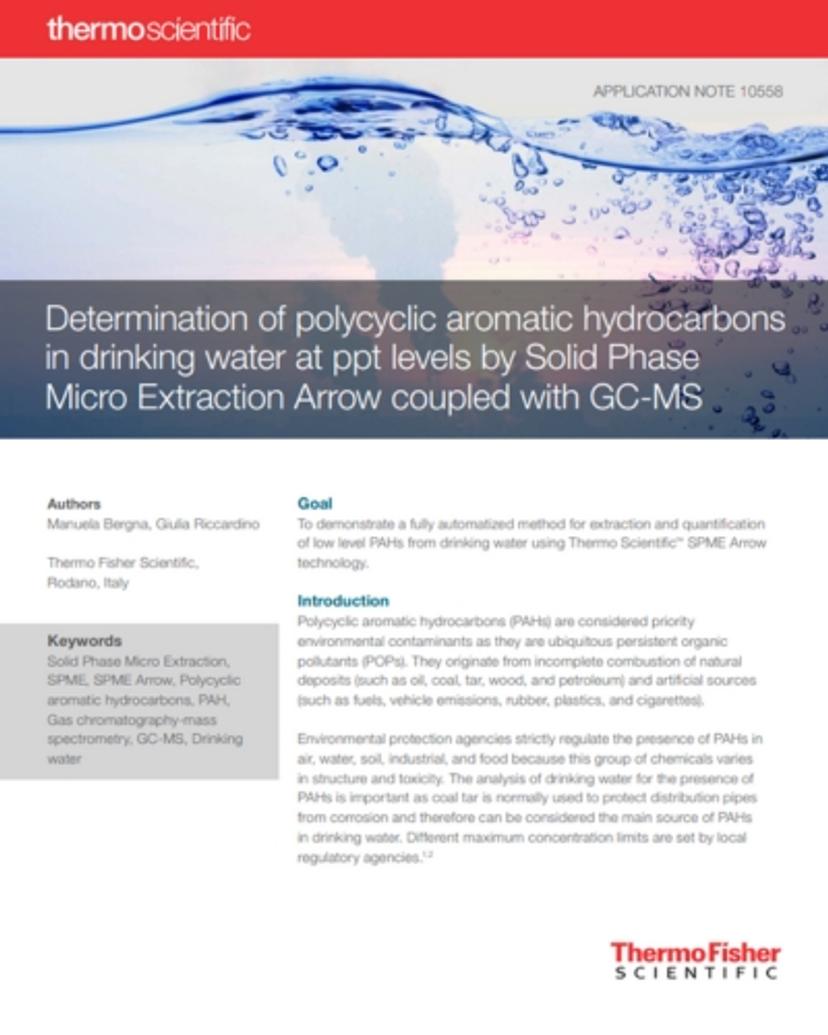
Gain insight into a method for extracting and quantifying low levels of polycyclic aromatic hydrocarbons (PAHs) from drinking water using Thermo Scientific™ SPME Arrow technology. PAHs, toxic environmental contaminants, are regulated in water due to their origins. Traditional extraction methods are prone to errors and time-consuming, the SPME Arrow technology, a solvent-free technique, promises to offer a more efficient and automated approach.
5. Environmental analysis of PCBs at reduced running costs using hydrogen as carrier gas
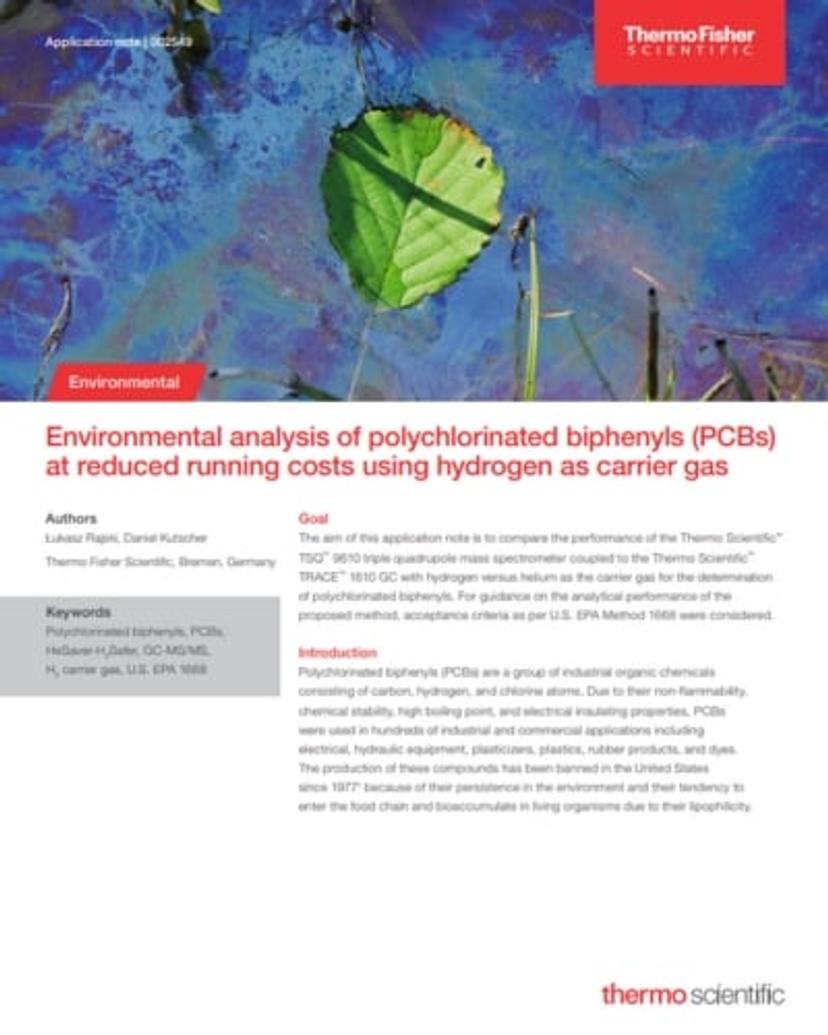
Explore a comparison of the performance of a triple quadrupole mass spectrometer coupled to a gas chromatograph (GC) using hydrogen versus helium as the carrier gas for analyzing polychlorinated biphenyls (PCBs). PCBs are industrial chemicals banned since 1977 due to environmental concerns. The study aims to meet acceptance criteria outlined in US EPA Method 1668 and discusses the structure and toxicity of PCBs, the regulations surrounding them, and the application of GC-MS/MS for analysis.

